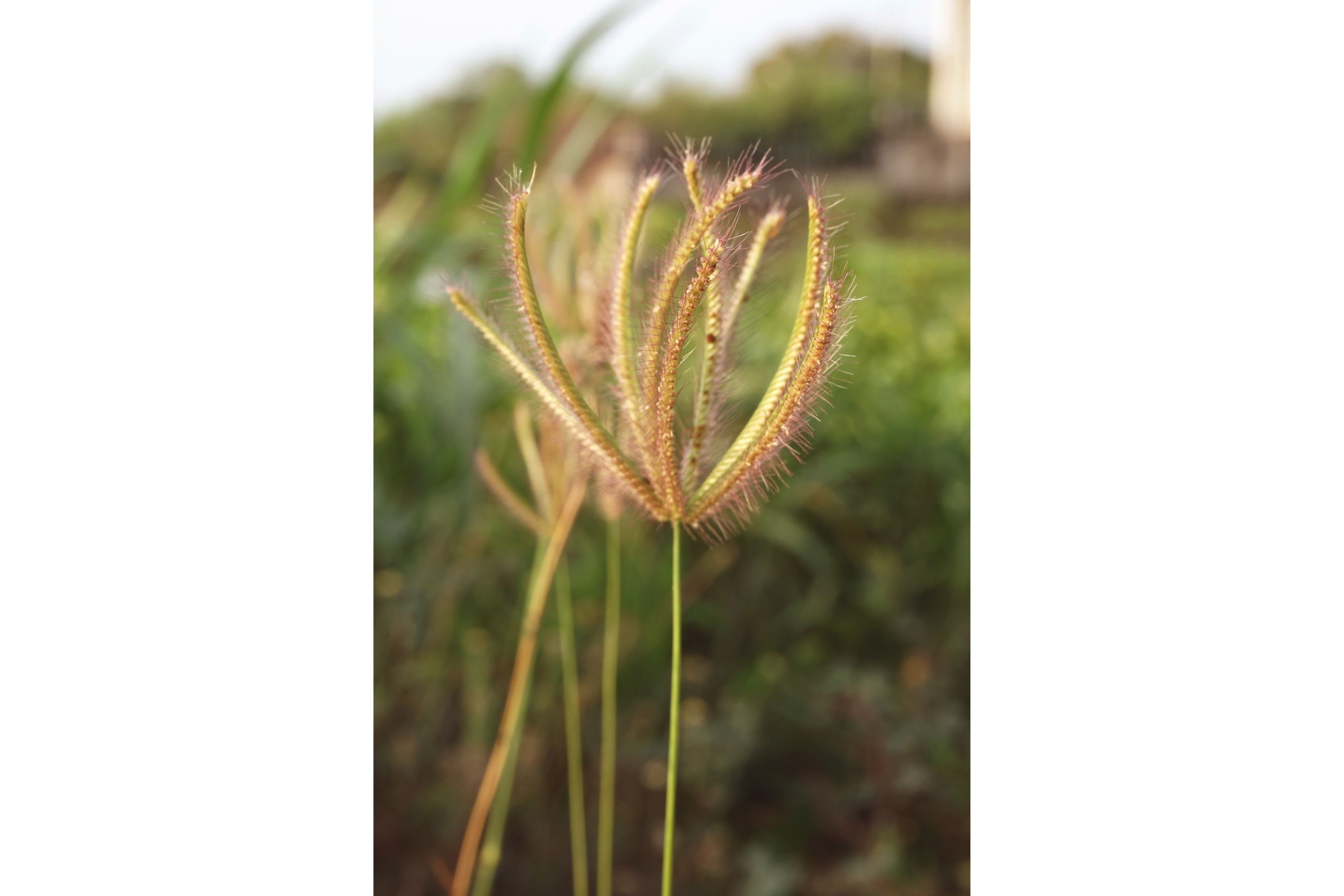Six-weeks grama
(Bouteloua barbata)

Description
Bouteloua barbata is a species of grass known by the common name six-weeks grama native to North America. This species is an annual or perennial grass producing tufts of stems up to 30 to 75 cm (12 to 30 in) long, lying prostrate, spreading, or standing erect. The inflorescence has up to 11 branches, each a dense row of up to 40 spikelets. The fruit weighs about 0.03 milligrams. This lightweight seed is dispersed on the wind and by animals. It is annual or perennial, sprouting from seed or from its root crown after summer rainfall. Flowering usually begins around July and lasts until October.There are three varieties of this species. The var. barbata is an annual plant with decumbent stems that may root at stem nodes, var. rothrockii, sometimes considered a separate species, is perennial with erect stems, and var. sonorae, which is limited to northern Mexico, spreads via stolons. It is native to North America, where it occurs in the southwestern United States and south to Oaxaca in southern Mexico. It may occur in Montana. It is also present in Argentina. This grass grows in many types of habitat including prairie, grasslands, pinyon-juniper woodland, chaparral, creosote, shrubsteppe, savanna, and Ponderosa pine forest. It is a resident of dry regions. It grows in the deserts of the American southwest and Mexico, including the Colorado, Mojave, and Chihuahuan Deserts. It can also be found in dry disturbed habitat such as roadsides, railroads, and overgrazed pastures. While it is palatable, this grass is not considered a good forage for livestock, as it is a small plant and is green for a short time. Many types of other animals utilize it, however. Many birds, and small animals including prairie dogs and desert kangaroo rats eat the seeds of this and other grama grasses. Harvester ants in Arizona also eat the seeds of this species
Taxonomic tree:







